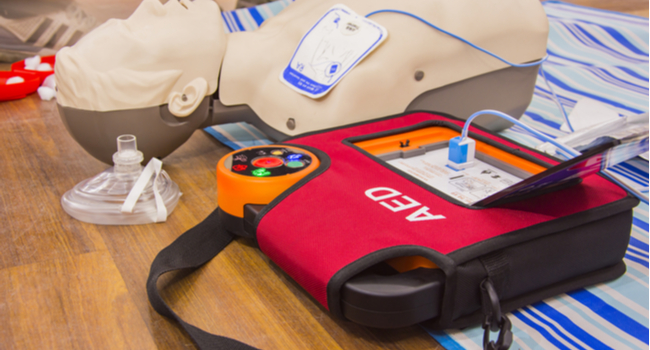
UT Campus Safety Office Sets Goal of Having 10,000 Students AED Trained by 2022
The stabbing attack in 2017 at UT that left one student dead, sparked safety changes across the campus, and it also inspired the start of the "Stop the Bleed" training.
- By Sherelle Black
- October 03, 2019
When the University of Texas at Austin's Campus Safety office came together in 2017 to set the goal of providing free hemorrhage control and automated external defibrillator training 10,000 students by 2022, they did not foresee funding getting into the way.
Now in 2019, Claire Zagorski, director of Longhorn Stop the Bleed, said the UT chapter of the Stop the Bleed national awareness campaign is currently unfunded, reported The Daily Texan.
Jimmy Johnson, assistant vice president of campus safety, said while his office has put thousands toward the AED training, which the chapter provides free of charge, funding is an obstacle.
“We have identified a funding mechanism to subsidize the costs associated with this training,” Johnson said in an email to The Daily Texan. “We will partner with providers to formulate a plan moving forward. A variety of strategic efforts will be developed to help share the free training opportunities with students.”
Jonathan Robb, director of emergency preparedness, said the Campus Safety office will work with UT RecSports and HealthPoint to provide free AED training once funding is secured to reach the office’s goal. He said those organizations currently offer training to the UT community for a $30 to $65 fee, reported The Daily Texan.
“(AEDs) are designed (for the) general public to grab them and use them,” Robb said to the newspaper. “(The machine is) going to analyze whether it can effectively do a shock or not. It won’t allow you to do one if it doesn’t think you need one.”
About the Author
Sherelle Black is a Content Editor for the Infrastructure Solutions Group at 1105 Media.